Podcast: Download
Subscribe: Apple Podcasts | RSS
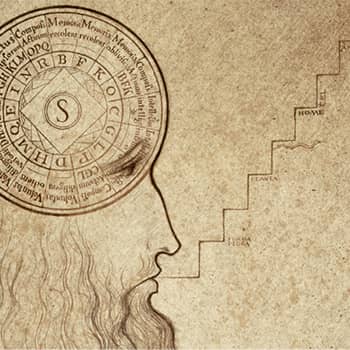 Ars combinatoria is a mental technique that helps with both memory and decision making. The term means the art or technique of combination and is very powerful.
Ars combinatoria is a mental technique that helps with both memory and decision making. The term means the art or technique of combination and is very powerful.
Sometimes called a “thinking machine,” here’s briefly how it works:
You compress larger ideas down into individual letters. These letters are then either referred to purely mentally. Or, as you’ll see, they can be placed on a “memory wheel.”
For example, the letter B might help you compress the word and concept of beneficence.
There may be other letters related to B that unpack other large ideas. If that’s the case, the user may need to follow a logical order or use multiple Memory Wheels. Everything depends on the users goals.
To make this technique as clear as possible, including its uses for decision-making, I’ll share a very simple example on this page using a contemporary thought strategy known as W.R.A.P.
And further down this page, I’ll show you a new way I’ve been using Ars Combinatoria.
I’m not sure why it didn’t occur to me earlier as a specific critical thinking strategy, but now that I’ve got it running, it’s a very rewarding application of the technique.
Ars Combinatoria: A Short History
The technique likely originates with Ramon Llull, a philosopher who lived between 1232 and 1316.
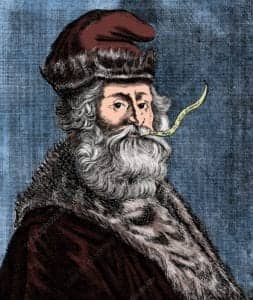
Its influence is strongly felt and most usefully expounded by the Renaissance memory master, Giordano Bruno.
Note: Sometimes people mistake Bruno’s astronomical diagrams for memory wheels. It’s important to understand that his attempt to help us visualize an infinite universe based on finite solar systems does not necessarily relate to his theories of knowledge and memory.
Although using this critical thinking strategy may involve a “memory wheel,” using one is not strictly necessary. You could also use a traditional Memory Palace.
The point of using such a technique?
Ars combinatoria provides rapid mental access to pre-existing mental content you can use to either follow a process or arrive at optimized conclusions.
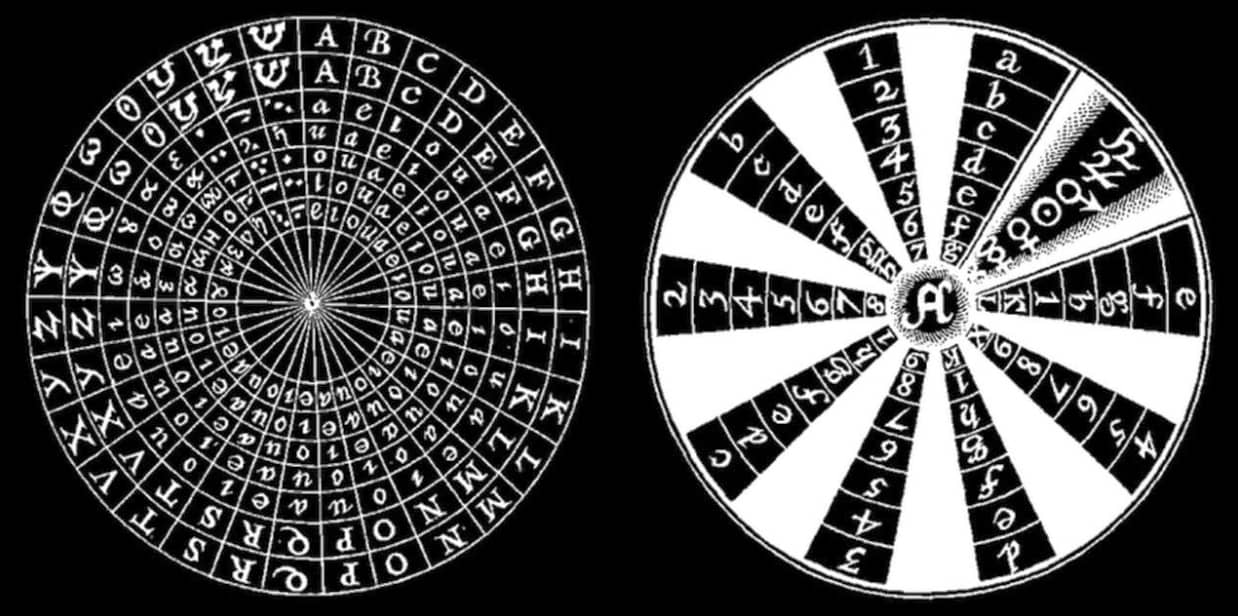
How to Apply The Ars Combinatoria to Your Learning Journey
The first step is to have a goal for using ars combinatoria.
For example, when Ramon Llull devised the technique, he wanted instant access to information needed to persuade people to adopt Christianity. Since books were heavy and difficult to transport and people are skeptical, it was important to deliver reasonable arguments based on deep familiarity with doctrine.
And Llull didn’t just want this rapid access for himself. He wanted a specific pattern of reasoning to flourish in the minds of many evangelists. That way, his convictions stood a stronger chance of spreading far and wide.
In Giordano Bruno’s case, Bruno adopts some of the ideas from Llullian ars combinatoria, but applies them more to what we might now call “self help” concepts.
Perhaps the best book to read for clarity on this matter is Bruno’s The Seal of Seals.
Other Teaching Traditions
Arguably, the arrangement of information into mental memory wheels influenced the development of the textbook. This is a point brought forward by Walter Ong in his study of Petrus Ramus.
You will often see such compressions of information down into different letters in other spiritual and philosophical traditions, such as Advaita Vedanta.
For example, Swami Chinmayanada uses the BMI chart (Body Mind Intellect) to teach how certain mental impressions (vasanas) hold us back from lasting self-realization.
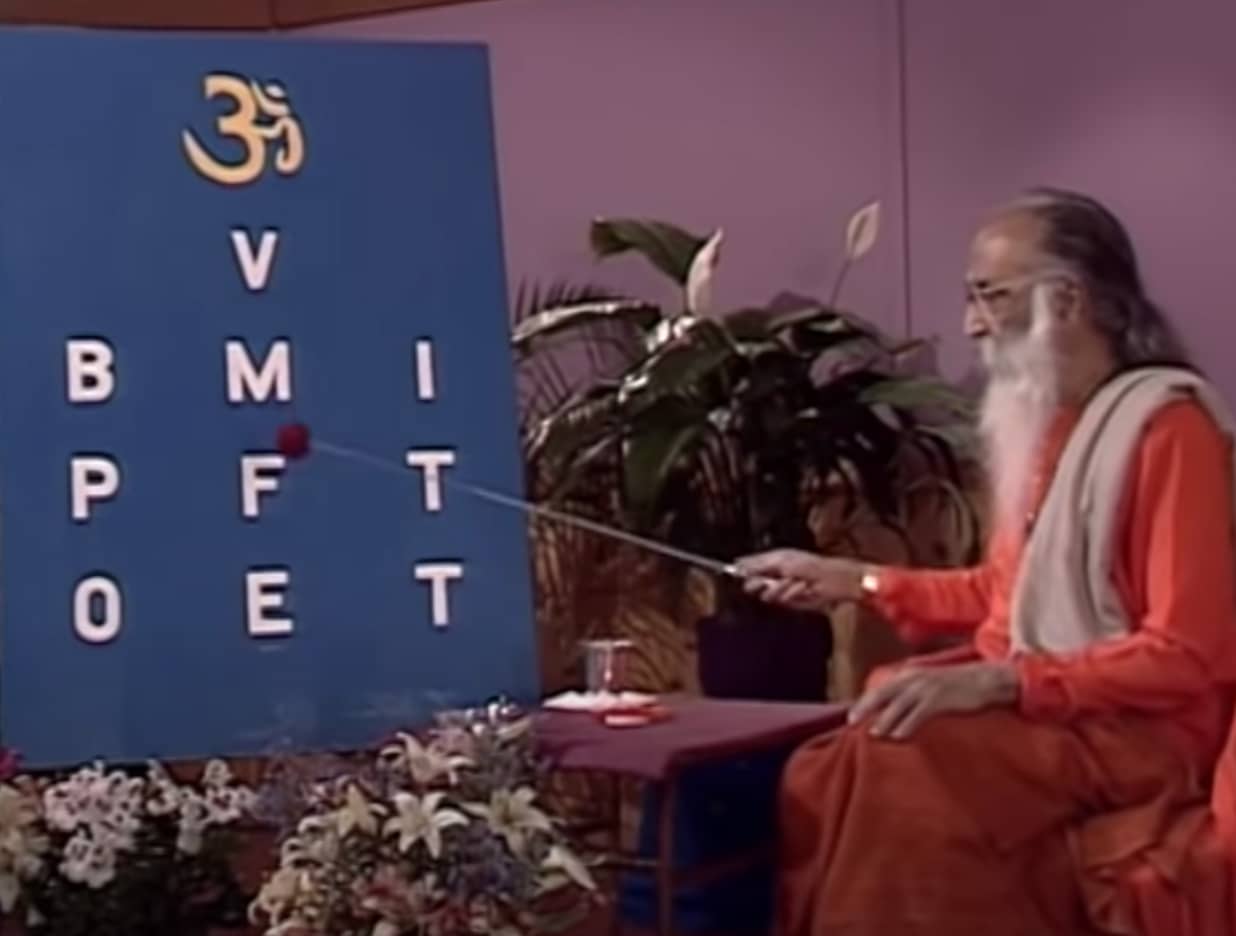
If you watch him teach it, you’ll see that he clearly has it all memorized.
But as Llull imagined people might do, this chart is being used to instruct others towards adopting a particular outcome. The chart allows him to “combine” multiple ideas by extracting meaning from the individual letters as he goes.
Why Ars Combinatoria Is NOT Really A Memory Palace
Although this technique shares characteristics with the Memory Palace technique, it is ultimately very different.
The main reason is simple:
Anything you would place in a Memory Wheel for “combining” or “recombining” would have already been memorized by the user. This is quite a different application of using spatial memory when compared to something like memorizing the planets, a much more common learning task during the Renaissance than now.
A Memory Palace, on the other hand, is used to memorized the information placed in the wheel. You then use the wheel to access the information in different ways, such as recalling details from important philosophy books.
We know this is the case because Giordano Bruno teaches the techniques separately and the “Combinator” is designated as a seal, not as a Memory Palace.
That said, I have found a few ways you can use Memory Wheels for spaced repetition. That’s a main reason why they are well worth looking into as mnemonic tools.
A Modern Example Of Ars Combinatoria Using A Memory Wheel
Let’s make a very simple memory wheel based on a decision making tool Chip and Dan Heath share in their book, Decisive.
We’ll call this memory wheel our Decision Palace. I’ve used what you’re about to learn often, and I hope you’ll consider building one like this for yourself.
Here’s exactly how I built and configured mine to help me make decisions better and rapidly identify the best possible solutions, almost purely from memory.
Imagine a circle broken into fourths. Place the letter W at the top, R to the right, A at the bottom and P to the left.
Unlike the Bruno memory wheels, this WRAP outer ring is simplistic.
However, based on what Bruno describes in Thirty Seals, The Seal of Seals and other works I’ve read, the functioning I’m sharing here is accurate in tone, tenor and outcome when it comes to using a self inquiry to reach decisions based on memorized decision metrics.
- W means widen your options
- R means reality test assumptions
- A means attain distance
- P means prepare to fail
To learn more about this decision tool, please check out Decisive, by Dan and Chip Heath.
An Example Memory Wheel
My particular wheel is not merely a mental construct. It is a Memory Palace based on the Anzac Square Memorial in Brisbane.
I could have easily used the circle-like structure of the Bergeron Centre at York University, or “squared this circle” in any number of standard rooms around the world.
Does the memory wheel have to be based on a real location?
Not necessarily, but since spatial memory practice is so beneficial, why not?
If you want multiple memory wheels that feature clear and distinct wormholes or portals to other memory wheels in the manner Bruno suggests, it’s probably beyond most of us to get there without some kind of Memory Palace strategy. But it’s your journey and it’s entirely up to you.
A Modern Scenario
Now, for a practical example of how the outer ring of our WRAP Decision Palace works, let’s introduce a contemporary scenario. Let’s say our robot overlords have made changes to the internet and we have to update our websites.
The new requirements mean a decision must be made to keep things humming, it has to be the best possible decision. Due to all kinds of psychological biases, our brains pressure us to fall back on previous decisions, a problem we’re aware of and know can cause great harm.
That’s why we consistently train our memory to remember to use the Decision Palace. In other words, consistent memory training heightens the self-awareness.
Not only that, but constant practice helps us remember that we don’t know what we don’t know. So to avoid potential bad decisions and make sure we have the best possible ideas to consider, we enter our Decision Palace and proceed to W. This letter opens up and reminds us to widen our options.
The Next Circle
Now, before proceeding to the next step, we go from the outer circle to an inner circle which contains 5 more Ws and an H. Who, what, where, when, why and how. Depending on the exact situation, we’ll want to go through each.
Let’s say we better determine what needs to be done, but still haven’t widened are options enough.
So we ask “who” can help. To do this, we step one circle deeper into the Decision Palace, where we find every letter of the alphabet.
Start with A and think of every Internet person we know. We recall Andy, who owns one of the world’s largest yoga websites. He might have some ideas.
B… No one is coming to mind but I think Jonathan mentioned an internet wiz named Bonnie once upon a time.
C… and so on. The deeper into the alphabet you go, the more you’ve widened your options.
Using Ars Combinatoria For Critical Thinking… With Help From The Best Philosophers
Most of us have probably heard that phrase, “What would Jesus do?”
And it’s not uncommon to “mastermind” with different authors by thinking about how they would respond to certain topics. Bertrand Russell talked in a private letter about how that he did this frequently. He also often fantasized about how his own students and readers might commune with him in his absence.
Try this:
Make two Memory Wheels, each with the alphabet from A-Z (or the letters in your preferred language).
For each letter, or as many as you wish, link a mnemonic image of a philosopher whose name starts with that letter, i.e. A for Aristotle, B for Bataille, C for Cixous, etc.
Then, when you find yourself considering an idea, you can rotate through the wheel and think about what each philosopher would think about that topic.
By moving down to the secondary wheel, you can put your primary philosopher in dialogue with another philosopher by spinning your philosopher memory wheel. For example, you can get Aristotle in dialogue with Zizek within seconds.
The Benefits Of Using Ars Combinatoria
When it comes to critical thinking and the contemporary example I’ve shared on this page, the answer is simple:
You no longer need to be worried about limited resources or fall into a scarcity mindset. Your mind already has dozens of ideas for people to ask or even just study their sites to see what they’re up to at the moment and gather ideas.
Then, when we get to R, which in some circumstances could be weeks later, we’ll use either the same 5WH circle, or perhaps another will appear to assist in this stage of the game.
As a word of warning: You could potentially have endless circles inside of circles, so strategy and placing reasonable limits on things will be your friend as you practice.
Of course, neither Llull nor Bruno had any such Internet needs in their time. But I believe everything they placed in their memory wheels were just as practical in the same way that Ars Notoria was probably a legitimately effective mindfulness routine during the medieval period.
In fact, mental tools like these were undoubtedly essential to developing polymathic abilities.
What do you think? Does ars combinatoria seem like a mental technique that might be useful for you?
Related Posts
- Memory Improvement Techniques For Kids
You're never too young to get started with memory techniques
- Surviving PTSD With The Help of Memory Techniques Featuring Nicholas Castle
Nicholas Castle used memory training and memory techniques to help heal his PTSD. Listen to…
- The Memory Code: Prehistoric Memory Techniques You Can Use Now
Lynne Kelly, author of The Memory Code, shares her personal experiences learning ancient memory techniques…


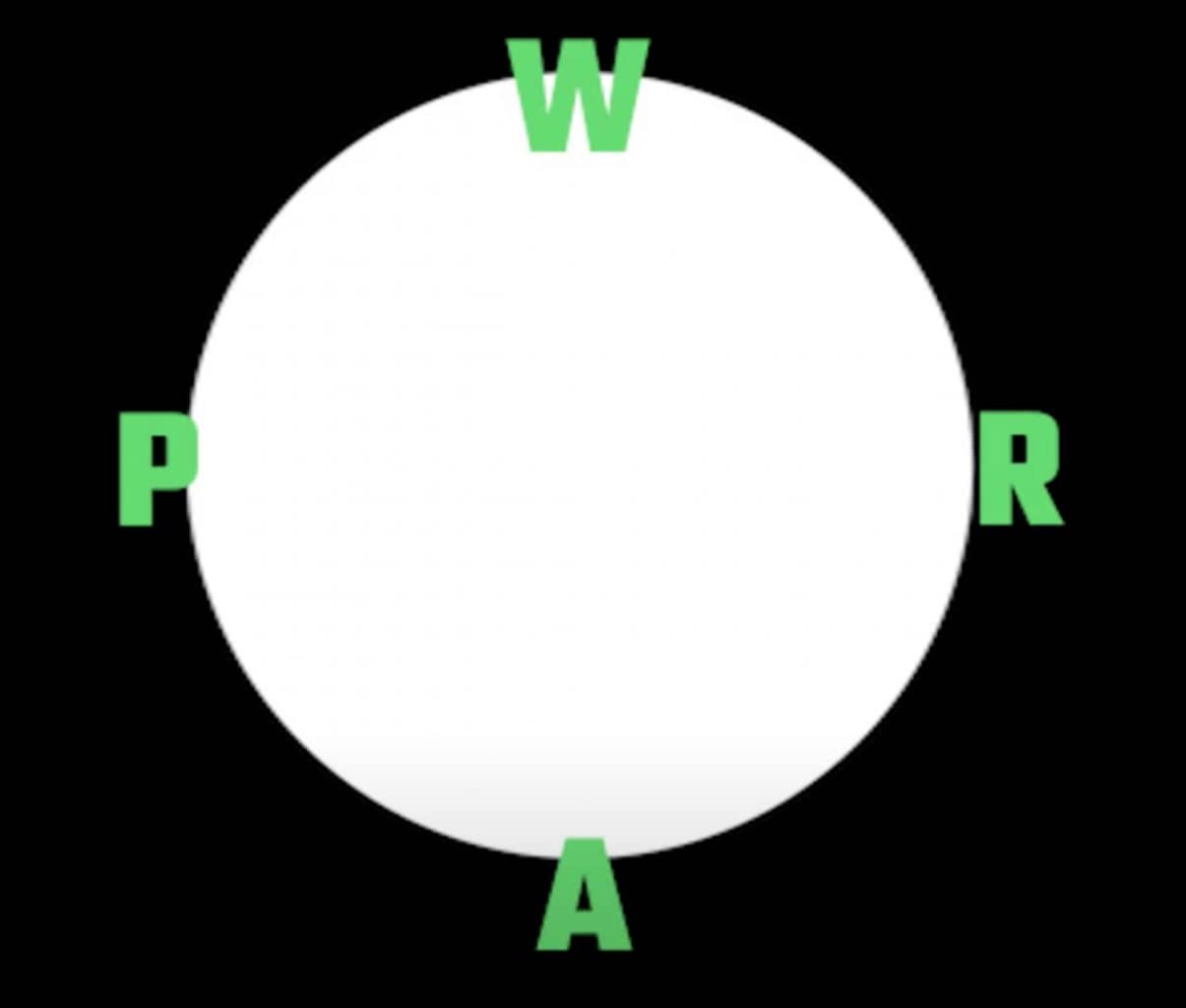
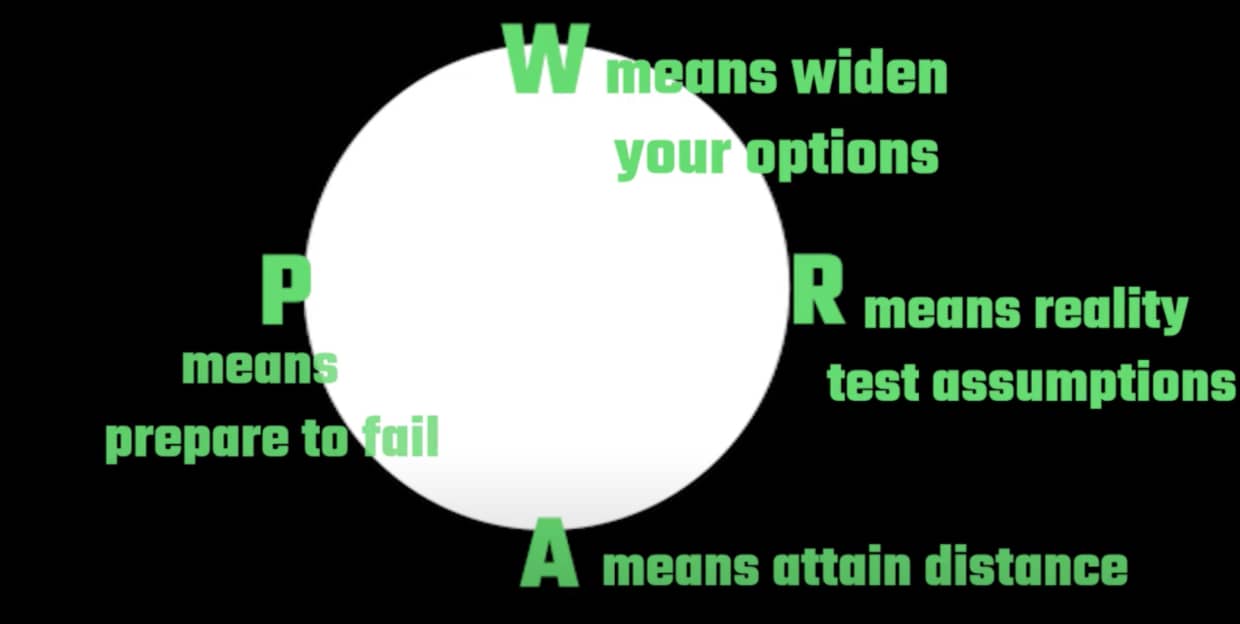


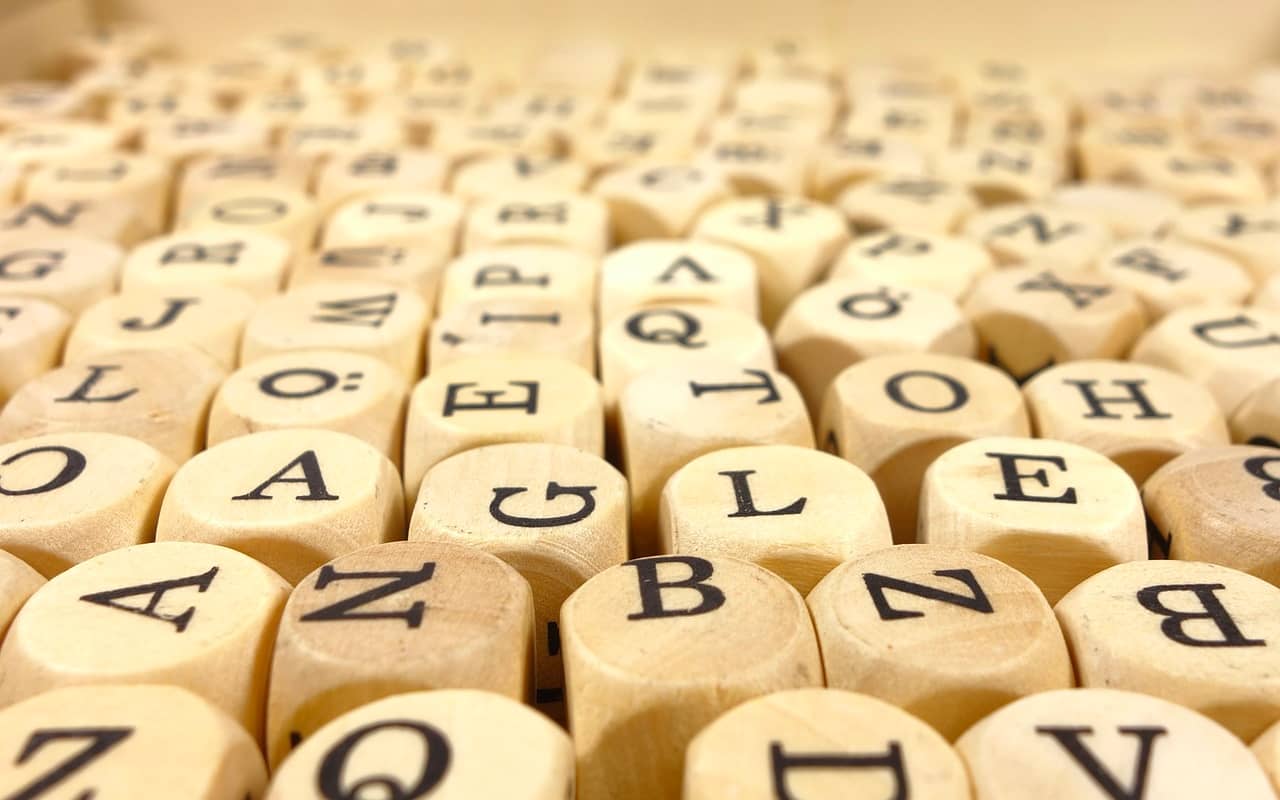



17 Responses
Many thanks your blog.
I see Ramus here. Does Ramus have any special work about memory methods? How was Ramus using them? I can’t find an effective book about it. What is best text to read the learn his techniques?
As far as I know, Ramus did not use memory techniques. Apparently his efforts were in quite the opposite direction.
Rather than use images and associations, he wanted to create systems based on charts and diagrams.
Thus, I would suggest reading Walter Ong’s book about Ramus for historical interest. It won’t help you improve your memory or learn ars combinatoria, but will deepen your understanding of how the contemporary textbook and other pedagogical styles developed.
Giordano Bruno is probably the best person to read for basically clear instructions on using ars combinatoria. However, I’m not really sure the extent to which he used it to memorize new information. After reading most of his memory books several times, I think he was still using standard Memory Palaces, but often in combination with the wheels.
Are wheels necessary? Not really, though they are fun to play around with. They are also probably a lot easier to manage mentally if you have some familiarity with the Memory Palace technique in the first place.
Does this answer help you out?
Thank you very much for this great lesson!
One question:
I will study this technique further as it applies to creativity and methods in magic and sleight of hand.
Very interesting. So this process is not just a one and done, but rather proceeds over several weeks even?
From what I take from all this, this really conditions your subconscious mind to think in this manner…. as since it takes weeks before newer portals open, that clearly implies that there will be lots of moments of pondering before you look at newer options…. and all the while your unconscious mind is working.
Great question.
Few things in memory are “set and forget” in nature. This is because the very reason we use memory techniques is so that we can repeat what we want to remember.
There will be some conditioning when using these techniques if you like to think of it that way.
I think of it more as clearing out old conditioning, expanding awareness of what is going on in the mind and having better tools for moving forward on hand.
Looked at from this perspective, it doesn’t really matter what the “unconscious” mind is doing because we have extended our conscious experience to handle whatever it might do for or against us.
Yeah true, but take my last batch of emails to you an hour ago. With the issue I currently have and you used to have, regarding being stuck in out heads really badly.
The unconscious mind makes this a habit. It’s clearly a bad thing, and when I asked myself if my thoughts are helpful….. I only really got the realisation that maybe it’s ok in the sense that it is logically right (I suppose).
But overall its not like those logically sound discussion trigger motivating “Aha” moments. It more So just leads to overthinking and skewering our momentum.
Thus it’s a bad thing more So then good. Yet the unconscious mind adopts it regardless.
Now when it comes to the memory wheel….. it already impacts your subconscious in the sense that it creates a structure. But what I also seem to take from this is that one ends up pondering for weeks even. So even in your idle moments (thus unconscious)…. you are being guided in your memory wheel and opening new portals and combinations.
This stuff triggers your unconscious thinking it seems.
I think the transformation you seek will begin to emerge when you realize that you cannot be “stuck” in your head.
The entire world appears in you, including the notion of being “stuck” in anything.
It’s really important to not get hung up on ideas that the memory wheel does this or that to your unconscious because what we’re really aiming for is to neutralize the notion that our words having anything to say about the pure emergence of the present moment at all.
It is just to be with that moment, regardless of what is going on with the mind, which is always already “in” you, not “you” in it.
Hello Sir, regarding the inner circle. Must there be a list of alphabets for all the letters in the inner circle (for who, what, where, when, why, how)?
Also, is the “what”, “where”, “when”, “why” and “how” of the inner circle, you searching for a list of outcomes at those various stages? (Eg, “what” meaning what must be done, and you thus search the various steps of actions to consider, “where” meaning either the location or appropriate stage at which it’s best to execute said decision)
Also what does “Attain Distance” mean?
It means to remove yourself from the decision making process so you can reflect before making a decision.
It is recommended in terms of both space and time. Going for a 15 minute walk would be one example.
I’m not aware of anyone enforcing rules on how memory wheels need to work. However, I don’t quite see the point if there aren’t at least two wheels.
In the example I’ve given, it is not so much the search for an outcome that we’re talking about. Rather, we’re looking for ideas that help us find resources that can help us reach the desired outcome.
Yeah true.
But what I’m referring to is the 5 W’s and the one H in the inner circle.
When we start with the outer circle, we start with “widen our options”.
This leads to the inner circle, where the first w is “who”.
This then leads to us searching from letters A-Z.
Thing is though, after this what must we do for the “What”, “where”, “when”, “why” and “how” part?
Must there be letters in place for those steps too?
I have two questions for you in response, one of them a repetition of a previous point:
1) Why would you leaven them out?
2) Who would require you to have them if you don’t want them?
I wouldn’t leave them out.
Actually, the more I’m thinking of it, I understand the letters being in place for the first w (who).
The second w is what. What must be done At that stage? And for the where, when, why and how stages what must be done there?
The wheel is about strategically asking the questions, not getting answers from me.
Give it a try a few times and see how it works for you. I’d love to hear how it goes!
Hi, Anthony,
Would you share with me how I can purchase some memory wheels. Right now I am looking for the basic ones you share in your videos. If you would be able to email me, I would appreciate it.
Many thanks,
Tom
Thanks for asking about this, Tom.
Llull’s and Bruno’s books often have Memory Wheels in them.
I would suggest reading their books to understand them better and then make your own.